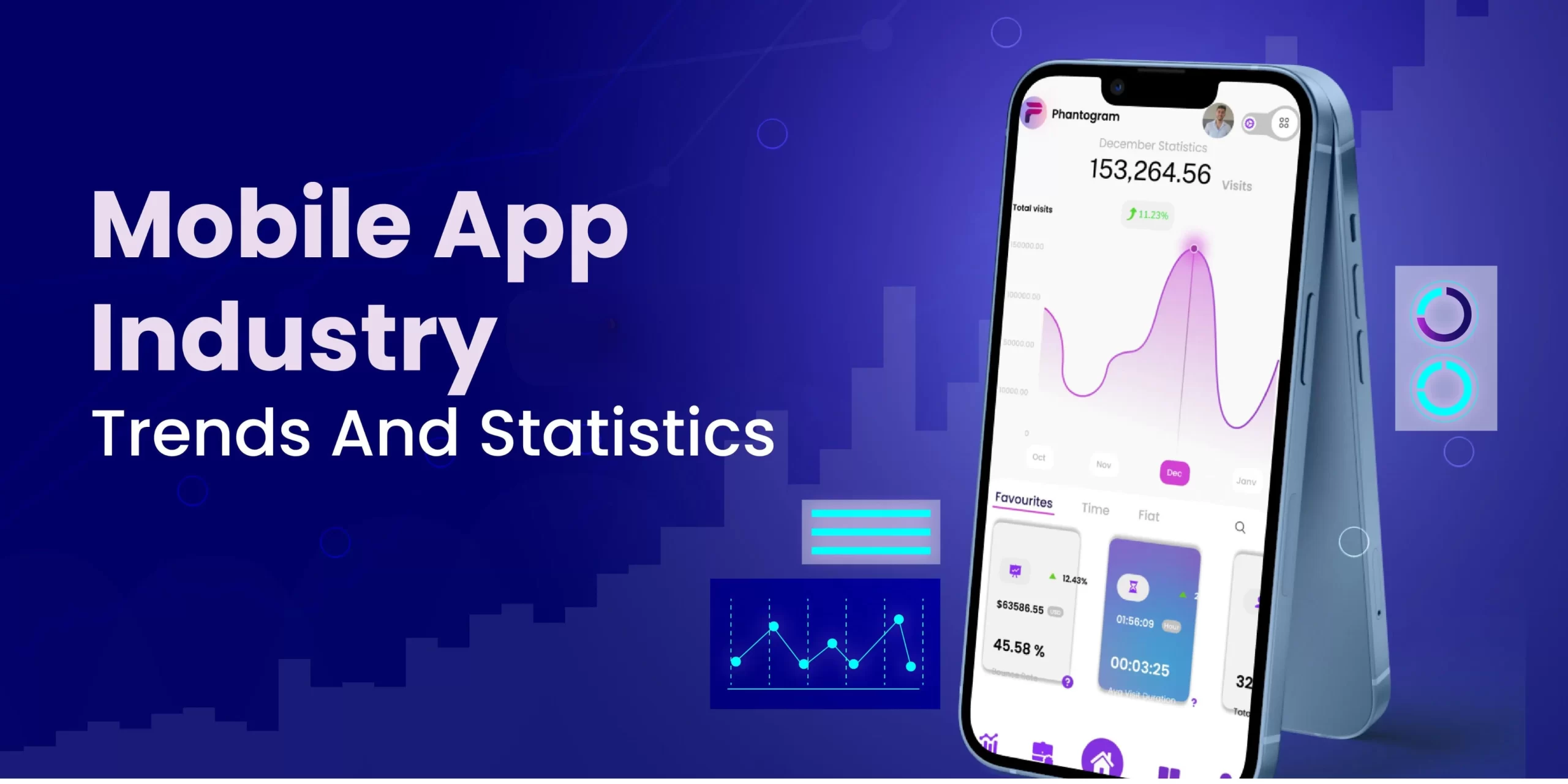Introduction: The mobile app development business is constantly growing, with quick improvements and ongoing innovation. Every year, new technology and design philosophies emerge, influencing how we engage with mobile apps. The integration of advanced technology with mobile platforms is accelerating the development of more user-centric applications, making this an exciting time for both developers and users. Let’s go deeper into this dynamic market and look at some key facts that demonstrate its development and potential.
Market Growth and Projections
The mobile app market is on a robust growth trajectory. According to industry projections, the market is expected to reach a staggering volume of USD 673.80 billion by 2027. This remarkable growth can be attributed to the increasing reliance on mobile applications for various aspects of daily life, from communication and entertainment to banking and healthcare. The convenience and accessibility offered by mobile apps are unparalleled, driving their widespread adoption across the globe.
App Download Statistics
A testament to the burgeoning popularity of mobile applications is the sheer volume of app downloads. Each quarter, an astounding 35-36 billion apps are downloaded from the Google PlayStore and the Apple App Store. This statistic underscores the vast user base and the insatiable demand for mobile applications. Whether it’s social media, gaming, productivity, or e-commerce, users are continually exploring new apps to enhance their mobile experience.
Revenue Generation Dynamics
The revenue dynamics of the mobile app industry are particularly intriguing. A significant 97% of the revenue for mobile apps is generated by free apps. This phenomenon can be attributed to the freemium model, where apps are free to download but offer in-app purchases and advertisements as primary revenue streams. This model has proven highly effective in attracting a large user base and monetizing through various channels, ensuring sustained revenue growth for developers.
Empowering Businesses with Advanced Technologies
Top mobile app development companies are at the forefront of leveraging cutting-edge technologies and staying abreast of market trends. By doing so, they empower businesses to harness the full potential of mobile applications. These companies focus on creating apps that are not only optimized for performance but also tailored to meet the specific needs of the end user.
Technologies such as artificial intelligence (AI), machine learning (ML), augmented reality (AR), and the Internet of Things (IoT) are being increasingly integrated into mobile applications. AI and ML enable personalized user experiences through predictive analytics and recommendation systems. AR offers immersive experiences that blend the digital and physical worlds, while IoT connects devices seamlessly, enhancing functionality and user convenience.
Trends Shaping the Future of Mobile App Development
Several trends are currently shaping the future of mobile app development. One notable trend is the rise of progressive web apps (PWAs), which offer a native app-like experience through web browsers. PWAs are gaining traction due to their ability to work offline, faster load times, and lower development costs.
Another trend is the growing focus on app security and data privacy. With the increasing amount of sensitive information being shared through mobile apps, developers are prioritizing robust security measures to protect user data and build trust.
Furthermore, the demand for on-demand apps, such as food delivery, ride-hailing, and home services, continues to rise. These apps cater to the modern consumer’s desire for convenience and immediacy, making them a crucial segment of the mobile app market.
Conclusion
The mobile app development industry is indeed dynamic, driven by relentless innovation and a keen focus on user needs. As the market continues to grow and evolve, developers and businesses must stay agile, adopting the latest technologies and trends to remain competitive. The convergence of advanced technologies with mobile platforms promises a future where mobile applications are more intelligent, intuitive, and indispensable.
Here are five FAQs about the dynamic mobile app development industry:
What is the projected market volume for mobile apps by 2027?
The mobile app market is expected to reach USD 673.80 billion by 2027.
How many apps are downloaded each quarter from major app stores?
Approximately 35-36 billion apps are downloaded every quarter from the Google PlayStore and the Apple App Store.
What percentage of mobile app revenue is generated by free apps?
97% of mobile app revenue comes from free apps, primarily through in-app purchases and advertisements.
What advanced technologies are being integrated into mobile apps?
Technologies such as AI, ML, AR, and IoT are increasingly being integrated into mobile applications.
What trends are shaping the future of mobile app development?
Key trends include the rise of progressive web apps, enhanced app security, and the growing demand for on-demand apps.


